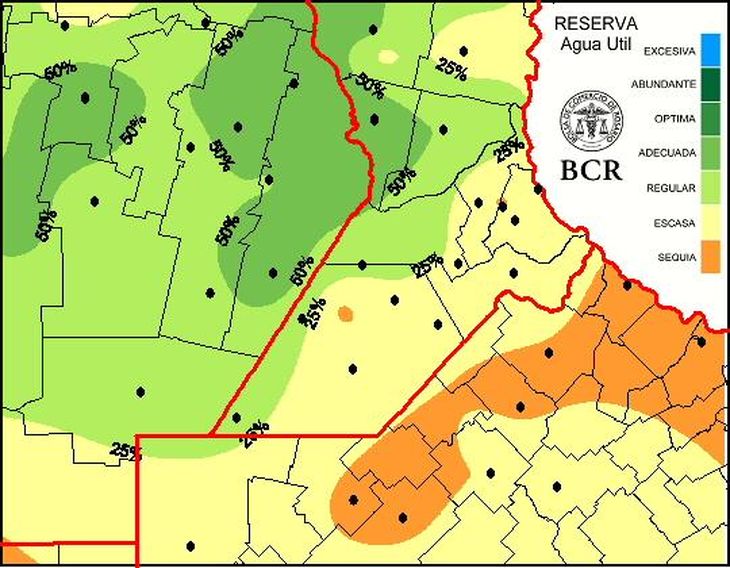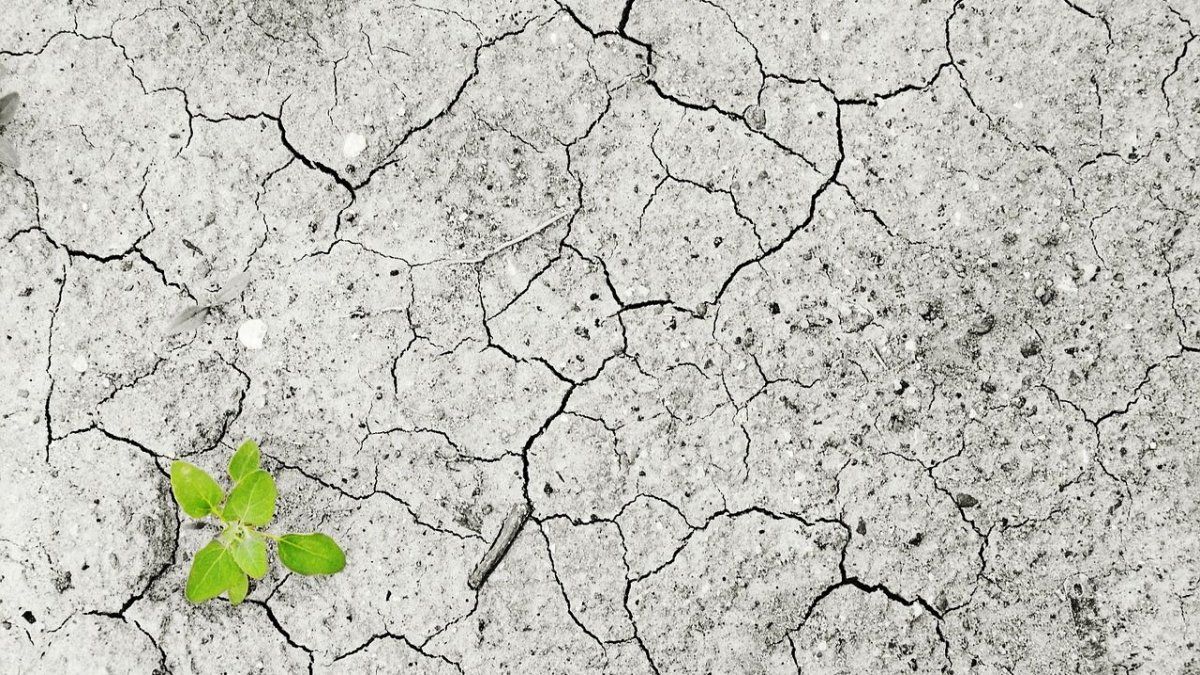In 2024, the core region recorded accumulated rainfall of between 700 and 1200 mmexceeding the 700 to 900 mm recorded during 2023. However, a report warns that December 2024 closed with rains below the historical average, which left water reserves at levels that vary between “scarce” and “drought.” In addition, one of the areas of the region is in a state of alert due to the critical lack of water.
The report, which belongs to the Rosario Stock Exchange, assured that 2024 ended with more rain than in 2023 but with fewer water reserves in the soil.
Currently, the water reserves in the first meter of soil depth, considering the consumption of a permanent meadow, They are at levels from “scarce” to “drought” in 50% of the core region. If the area with “regular” water content is included, this figure rises to 80%. The northeast of the province of Buenos Aires is the area that has the most critical dry conditions.
histogram.jpg
Currently, water reserves in the first meter of soil depth are at levels from “scarce” to “drought” in 50% of the core region.
The north of the Province of Buenos Aires in trouble
The lack of precipitation in the north of the province of Buenos Aires begins to generate serious concerns among producers. Technical advisors from Baradero, Rojas and Colón agree that the region faces a difficult start to the year due to the persistent absence of rain.
The most affected crop is early corn, which this year was the predominant choice given the risk of the leafhopper. “The majority of corn planted corresponds to early dates in September and October; there is no late first corn and only 10% corresponds to second corn,” the advisors detail. Although the crop began its cycle with good water reserves, The lack of rain in December considerably deteriorated the plots: “The crops are going through their critical period with almost no water.”
The technicians explain that, in the early stages, andCorn generated abundant biomass, but when rainfall stopped, the basal leaves began to drytiller mortality was recorded and the crops now show a pale coloration. Although no serious damage has yet been reported, yields are already at risk. “The final impact will depend on the rains. Depending on the lot, losses could vary between 10% and 30%,” they point out. In the west of Buenos Aires, in areas such as Alberdi and Junín, the situation is more favorable, but in the east it will be difficult to reach the zonal average of 100 qq/ha.
almautilprad_260.jpg

In the Province of Buenos Aires the arrival of rain is “urgently” needed
Soybeans, for their part, are also going through complications. “It had an unusual start,” the advisors indicate, attributing its aged appearance and short internodes to the low temperatures of November and December or to the residual effect of herbicides (carry-over). Although it is not yet in its critical period, It needs rain urgently. In addition, between 10% and 15% of the plots remain unplanted due to lack of humidity, while another 10% were planted waiting for end-of-year rains that did not arrive. To top it off, Medium-term forecasts do not anticipate significant rainfall during the first half of January, worsening the outlook for crops in the region.
Source: Ambito
I am an author and journalist who has worked in the entertainment industry for over a decade. I currently work as a news editor at a major news website, and my focus is on covering the latest trends in entertainment. I also write occasional pieces for other outlets, and have authored two books about the entertainment industry.




